Rafael Platero Paz was a studio photographer by trade, but as a resident of the northwestern Honduran town of El Progreso, where the United Fruit Company—now known as Chiquita Brands International—had one of its main divisional offices, he was also a unique witness to history.
Between 1926 and 1983, Paz, a Salvadoran immigrant, worked from his home studio, Foto-Arte, in the company town. Many of the photos in his archive—a portion of which Kevin Coleman, assistant professor of history at the University of Toronto, digitized during a visit to its guardian, Paz’s stepdaughter, Profesora Aída López de Castillo—are rather traditional shots of individuals for identity cards and children commemorating their First Communions.
But some of his studio photos are exceptional. In these, Paz was able to photograph a racially and ethnically diverse labor force, as well as women, subsistence farmers, and children, in a radical way—as honorable, respectable citizens with their own political agency. In many of these photographs, Paz’s subjects portray themselves for the camera as dignified and belonging, often posing in borrowed suits and neckties.
“The importance of his photographs lies mainly in the fact that he allowed people who were largely excluded from the historical record—they were mostly poor, illiterate, living and working on the economic periphery—to author images of themselves as they wished to be seen by others. That is no small fact,” Coleman said via email.
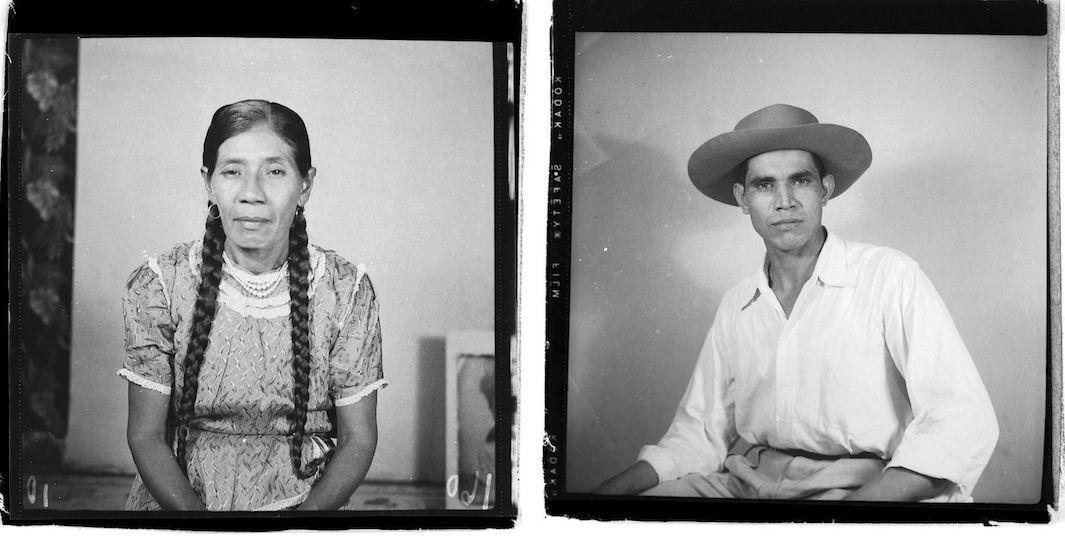
Courtesy of the Rafael Platero Paz Archive.
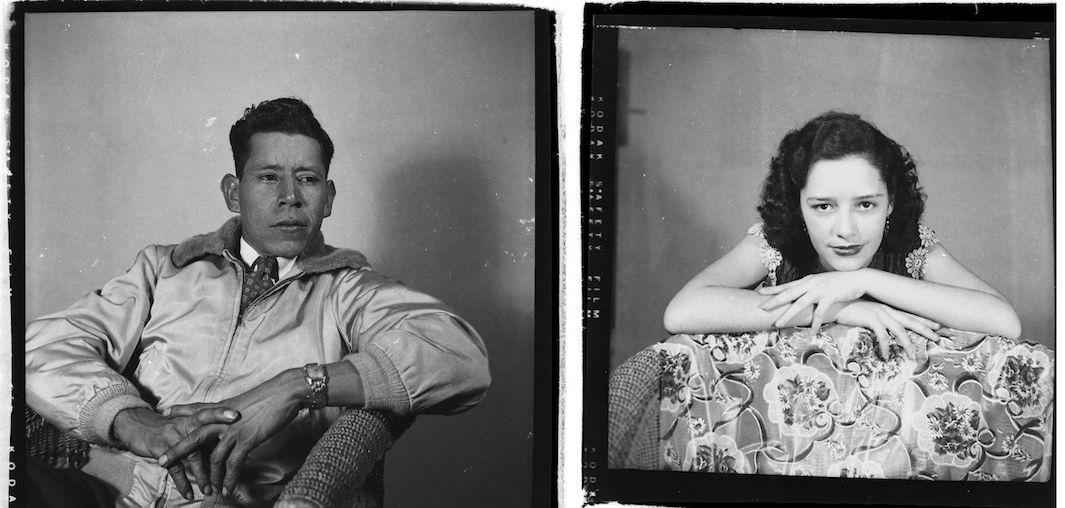
Courtesy of the Rafael Platero Paz Archive.
Paz’s archive, Coleman found, presents a strong contrast to another collection of images he encountered: the United Fruit Company Photograph Collection at Harvard University.
“The United Fruit Company used photography to transform landscapes, to scientifically monitor its field experiments, and to train the gaze of North American consumers who were led to prefer one particular kind of blemish-free, ripe yellow fruit. The United Fruit Company Photograph Collection was a tool of industry, applied science, and marketing,” he said.

Courtesy of the Rafael Platero Paz Archive.
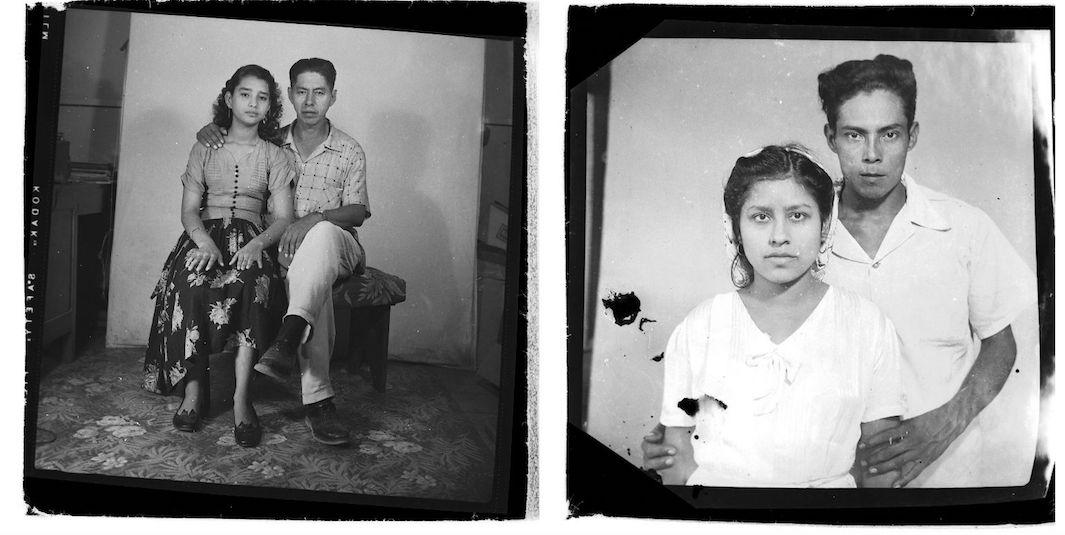
Courtesy of the Rafael Platero Paz Archive
In the early 20th century, as Coleman details in his book, A Camera in the Garden of Eden, which the University of Texas Press published in February, Honduras was one of more than a dozen of what were often referred to as “banana republics” in Central America, South America, and the Caribbean. While formally sovereign, they were effectively run by foreign fruit companies and the United States government, which backed them. In the 1950s, El Progreso emerged as an epicenter of the Honduran labor movement and later the Campesino movement.
As a local photo historian, Paz often documented the activities of these movements. Notably, he documented a massive 69-day strike by banana workers in 1954, which resulted in an increase in wages and labor union recognition. The photos of the strike, which were reprinted in magazines, newspapers, and books, were crucial in showing the world the workers’ struggle to restore Honduran sovereignty. Today, they’re an invaluable record of the people behind a watershed moment in history.
“Platero Paz’s pictures of the striking banana workers—most of whom could not read or write and left few other historical traces of their lives—enable insights and emotions that traditional analysis of social and political developments does not provide.”
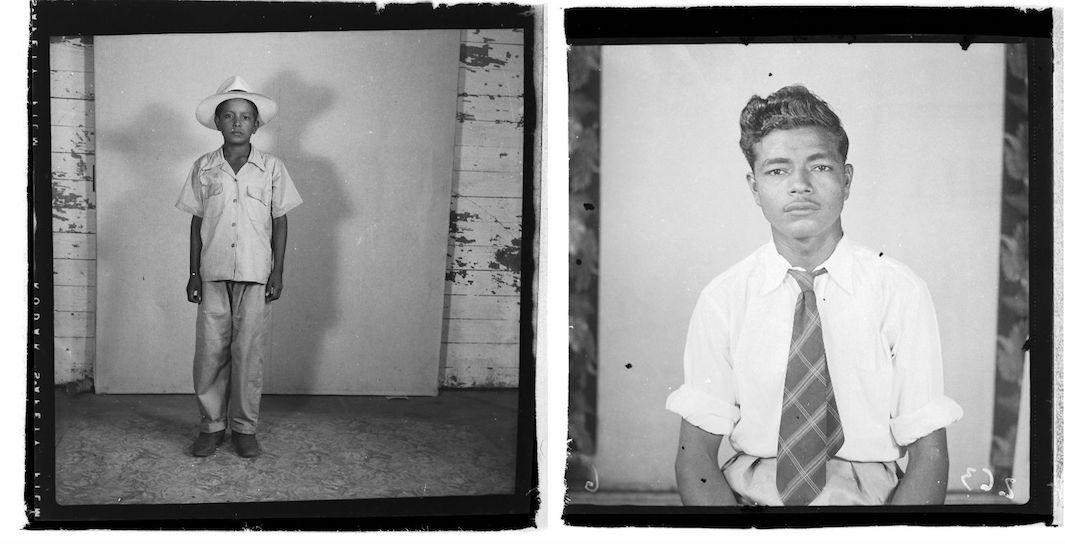
Courtesy of the Rafael Platero Paz Archive.
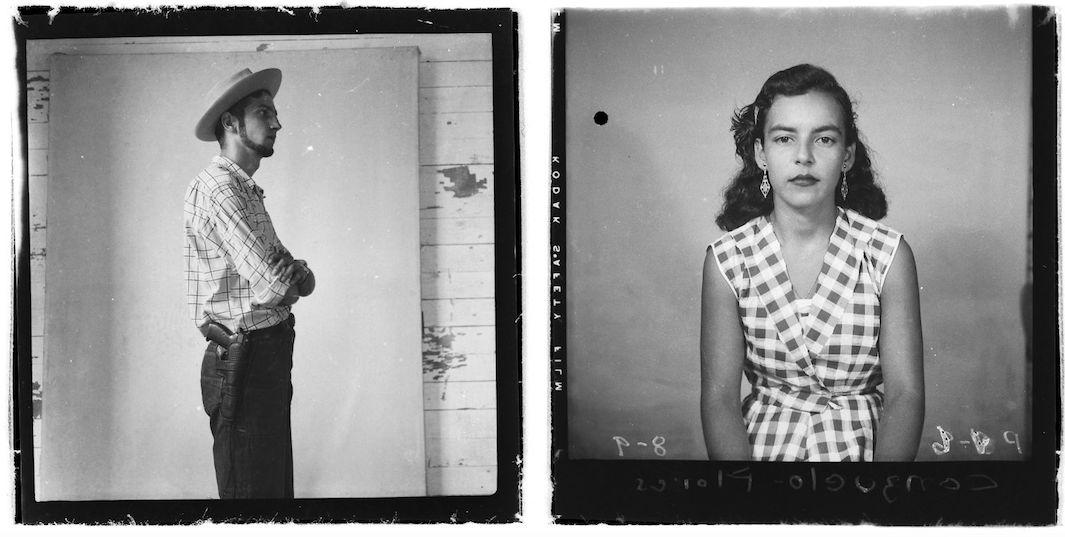
Courtesy of the Rafael Platero Paz Archive.
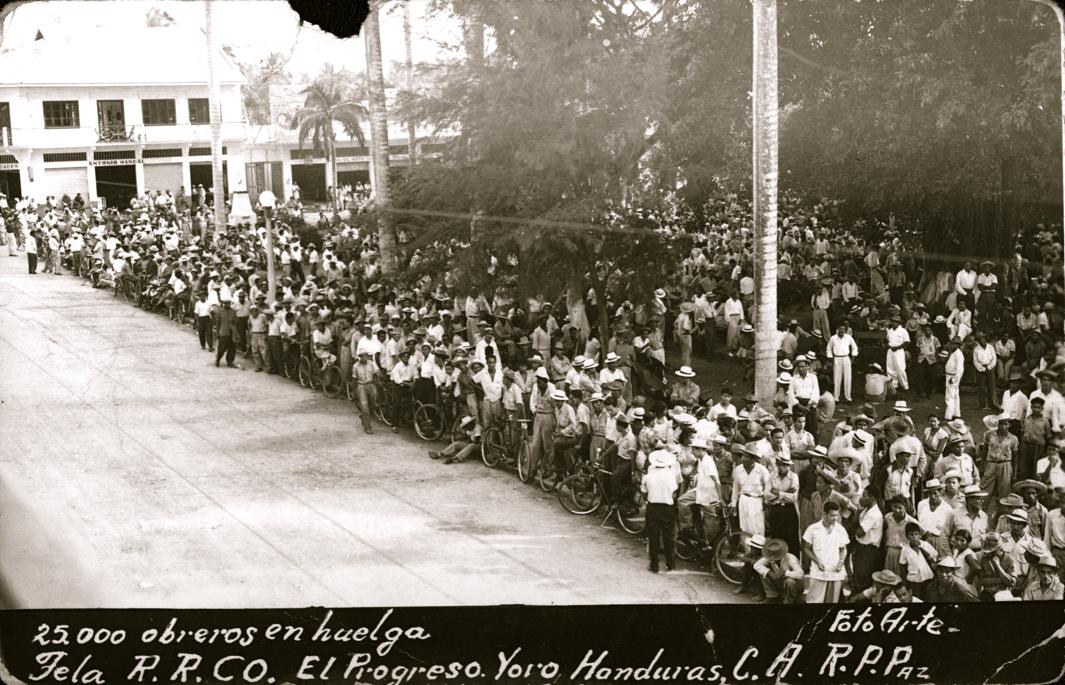
Courtesy of the Rafael Platero Paz Archive.
